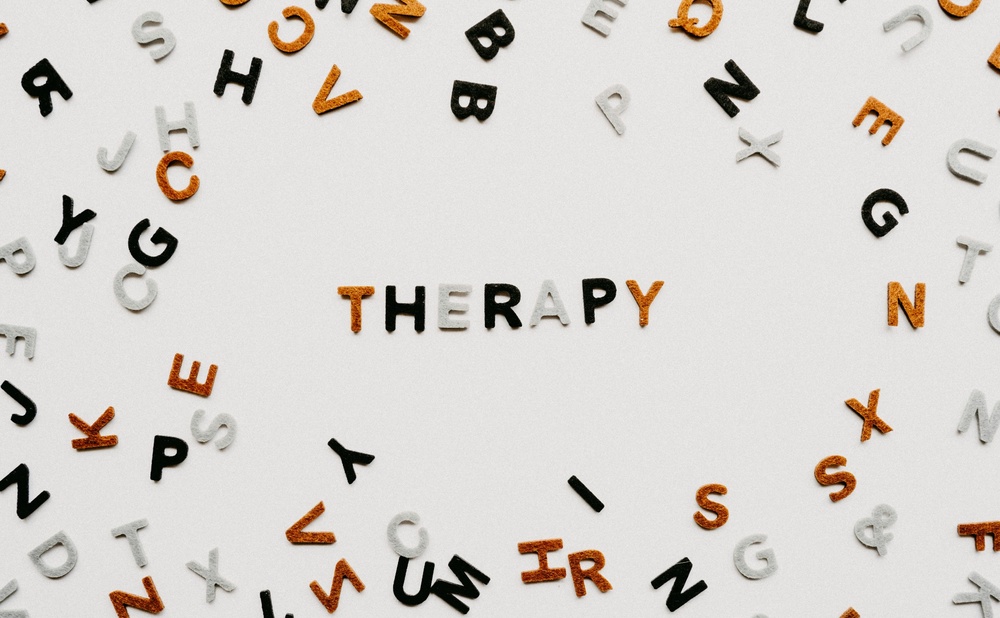
Somatic Therapies 101: Nervous System Basics & Why Regulation Matters
What we mean by “somatic therapy” (in plain English)
“Somatic” simply means “of the body.” In practice, somatic therapies use gentle, body-based techniques—like breathwork, mindful movement, progressive muscle relaxation, and body scans—to help you notice and shift your physiological state so your mind can regulate, too. Harvard Health describes somatic therapy as mind-body healing that supports trauma recovery by tracking sensations and using movement and breath to settle the system. Harvard Health
Somatic work is nervous-system training. When the body settles, the brain can think clearly again.
Nervous System 101 (the quick, useful version)
Your autonomic nervous system (ANS) runs in the background and controls things like heart rate, breathing, blood pressure, and digestion. It has two main branches:
-
Sympathetic = “fight/flight” (mobilize)
-
Parasympathetic = “rest/digest” (recover)
StatPearls (via the U.S. National Library of Medicine) and Harvard Health offer accessible primers on these systems. NCBI+1Harvard Health
When stress is short-lived, your body ramps up then returns to baseline. When stress is chronic, the “wear and tear” on your body is called allostatic load—a concept developed in stress science to explain how ongoing strain affects multiple organs and systems. PMC+1
Clinicians also use the Window of Tolerance—the zone where your arousal is “just right” for thinking clearly, connecting with others, and taking action. Trauma and long-term stress can narrow that window, making you tip into hyperarousal (anxious, overwhelmed) or hypoarousal (flat, shut-down) more easily. education.gov.scot
Somatic regulation widens that window by teaching your body how to come back to center on purpose.
Why regulation matters (for health, focus, and relationships)
-
Better decision-making & focus. In your window of tolerance, your “thinking brain” (prefrontal cortex) can come online; outside it, survival circuits take over and reasoning dips. education.gov.scot
-
Bodywide benefits. Keeping the ANS balanced supports cardiovascular, immune, and digestive function. Harvard Health’s stress-response overview explains how sympathetic surges and parasympathetic recovery shape these systems. Harvard Health
-
Lower “wear and tear.” Regular down-shifting reduces allostatic load over time—protecting both mental and physical health. PMC
Does somatic work really help? What the research says
-
Breathwork & the vagus nerve. Slow, controlled breathing (especially with slightly longer exhales) can increase parasympathetic activity and heart-rate variability (HRV), a marker linked with resilience and emotional regulation. Reviews and mechanistic studies support these effects. PMC+3PMC+3PMC+3Nature
-
Mind–body programs for anxiety and trauma. Evidence suggests mindfulness-based programs, yoga, and relaxation methods can reduce anxiety and PTSD symptoms for some people, often as adjuncts to first-line psychotherapies. (Think: helpful with, not instead of therapy.) PMC+2PMC+2ptsd.va.gov
-
Progressive Muscle Relaxation (PMR). PMR is an established technique for releasing tension; clinical groups use it for headaches, sleep, and stress relief. Cleveland Clinic
-
Somatic Experiencing (SE). Early research shows promising but preliminary results for PTSD and wellbeing; more rigorous trials are still needed. PMC
Importantly, for conditions like PTSD, expert bodies recommend trauma-focused psychotherapy (e.g., CPT, PE, trauma-focused CBT) as first-line care; mind-body practices can complement that plan. PMCAAFPNational Institute of Mental Health
Five somatic skills to regulate your system (backed by physiology)
Try these for 1–5 minutes, 1–3× daily. Consistency beats intensity.
-
Exhale-lengthened breathing
Inhale through your nose (4–5 sec), exhale softly through your mouth (6–8 sec). This longer exhale nudges the vagus nerve and helps your parasympathetic system take the wheel. PMC+1 -
Box breathing or “physiological sighs”
Equal-count breathing (4-4-4-4) steadies rhythm; brief protocols of controlled breathwork can quickly boost mood and reduce state anxiety. PMC -
Progressive Muscle Relaxation (PMR)
Gently tense a muscle group for ~5 seconds, then release for ~10–15; move from feet to face. PMR lowers muscle tension and supports sleep and headache relief. Cleveland Clinic -
Body scan
Sweep attention slowly from toes to head, labeling sensations neutrally (“warm,” “tingly,” “tight”) without trying to change them. It trains interoception and reduces pain reactivity. Harvard Health -
Orienting + soft gaze
Let your eyes and head move gently to take in the room—shapes, colors, sounds. This signals “safe now” to your threat circuits and helps re-enter your window of tolerance. (Fits with polyvagal-informed movement approaches.) PMC
A 60-second reset you can use anywhere
-
Drop your shoulders and unclench your jaw.
-
Two slow breaths with longer exhales.
-
Name three sensations (feet on floor, air on skin, heartbeat).
-
Look around and spot five neutral objects.
-
One tiny release (roll wrists, stretch calves, or relax brow).
Repeat as needed; the goal is frequent micro-regulation, not a one-time fix. (That’s how you lower allostatic load over time.) PMC
Building your personal regulation plan
-
Identify your tells. What signals show you’re leaving your window (racing thoughts, shallow breath, numbness)? Jot them down. education.gov.scot
-
Pre-commit your tools. Pair 2–3 techniques with daily cues (after coffee → 3 rounds of extended exhale; before bed → PMR). Cleveland Clinic
-
Include movement. Gentle, mindful movement (yoga, walking, tai chi) supports ANS flexibility and mood. PMC
-
Co-regulate. Safe social contact is a powerful parasympathetic signal—laughter, eye contact, supportive touch (if welcome). PMC
When to get more support
If you have symptoms of PTSD, panic, depression, dissociation, or persistent insomnia, connect with a licensed clinician. NIMH outlines evidence-based treatments and how to find help; somatic practices can be valuable alongside a personalized care plan. National Institute of Mental Health+1
Key takeaways
-
Your ANS runs your stress and recovery states; learning to steer it is a life skill. Harvard HealthNCBI
-
Chronic stress increases allostatic load; small, regular somatic practices lower it. PMC
-
Breathwork, PMR, body scans, and mindful movement have growing evidence for anxiety and stress relief and can complement trauma-focused therapies when needed.
This article is educational and not a substitute for medical advice. If you’re dealing with significant distress or trauma symptoms, please speak with a qualified healthcare professional.




